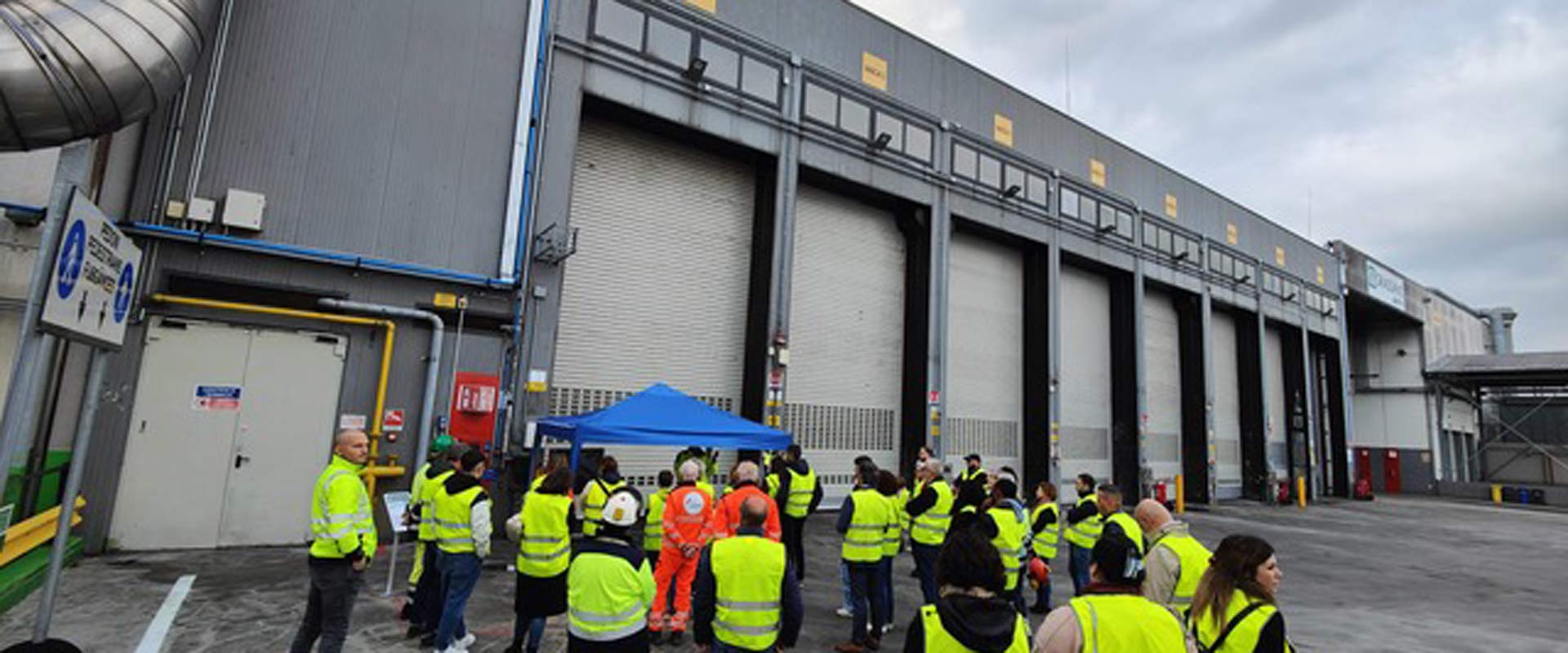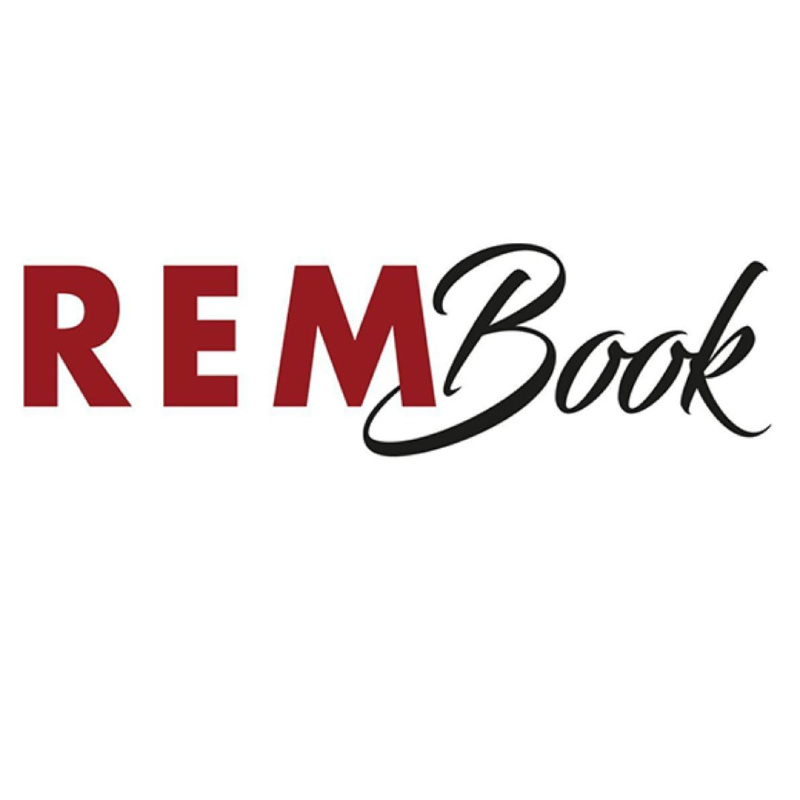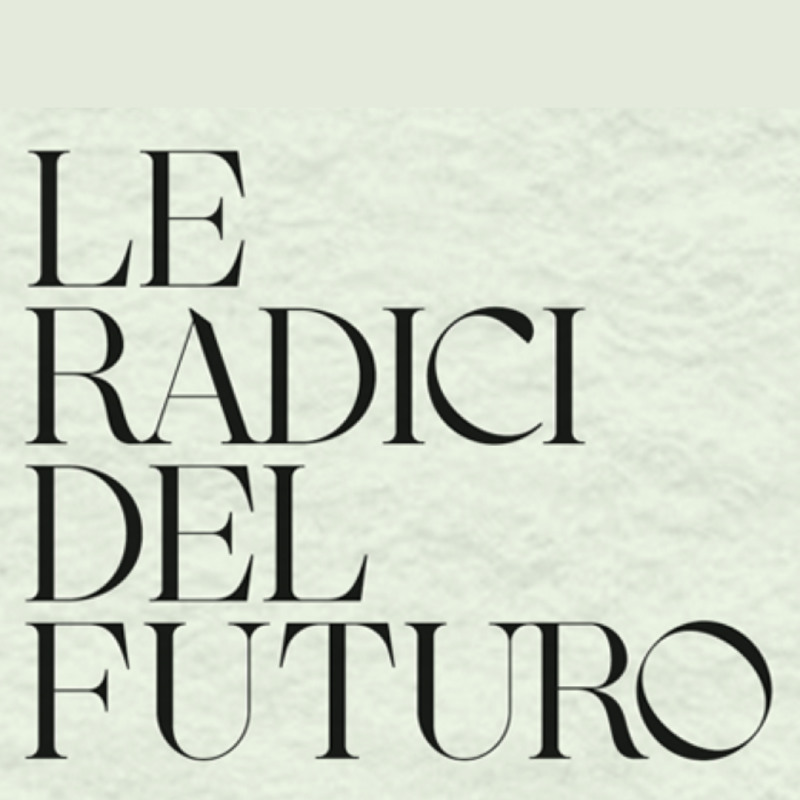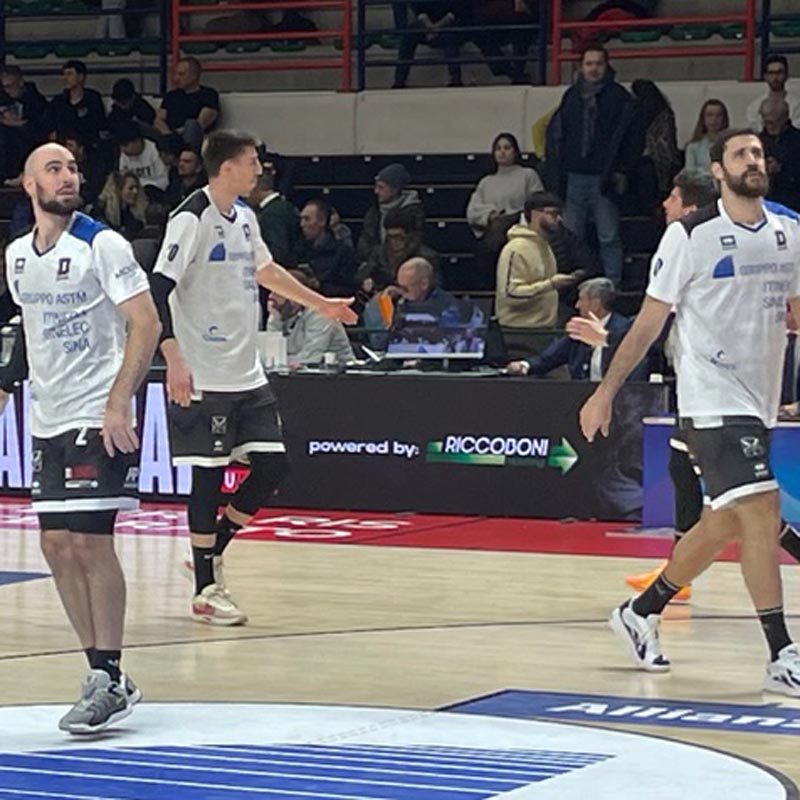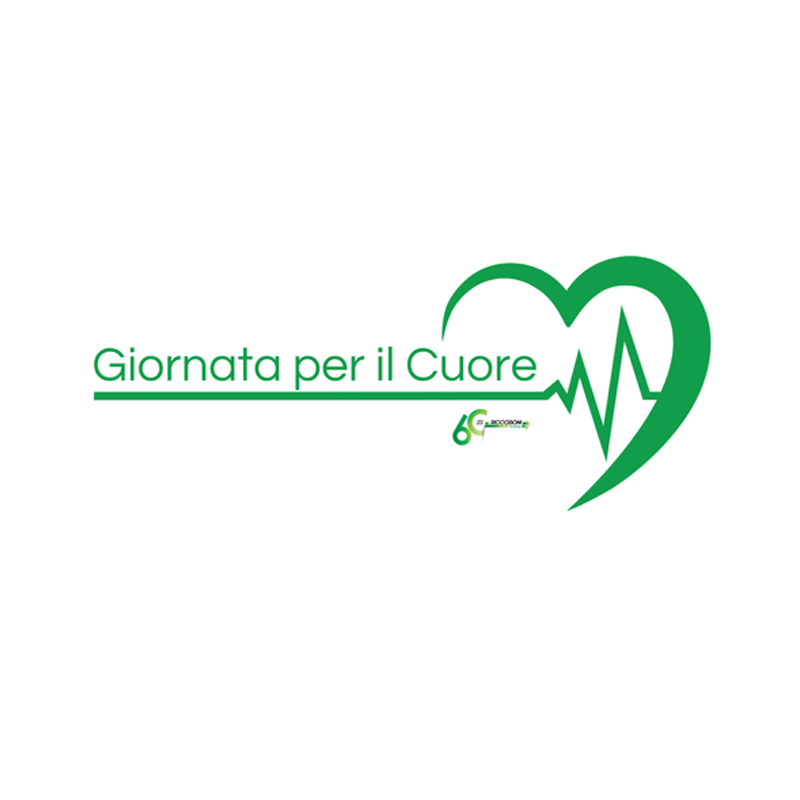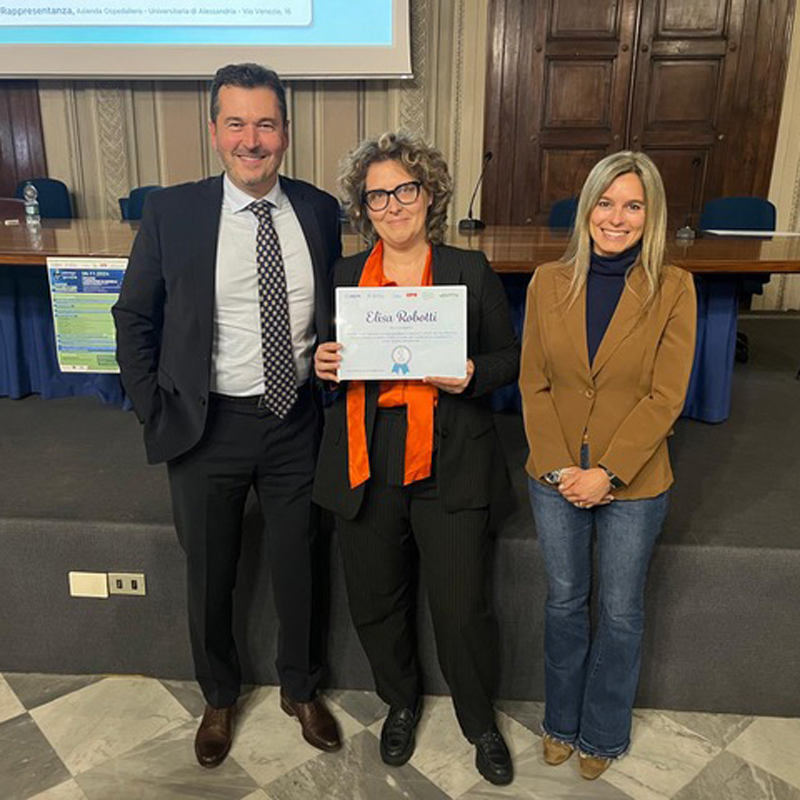PLANT OPEN DAY AT GRASSANO SPA IN PREDOSA
AN EVENT TO LEARN MORE AND TO TALK TO LOCAL COMMUNITIES IN ORDER TO ADDRESS THE PRINCIPLES AND REGULATIONS OF THE CIRCULAR ECONOMY FOR WASTE.
Last year, citizens in Sezzadio and neighbouring municipalities got the chance to visit Riccoboni SpA’s RiHabitat plant for the disposal of non-hazardous and non-recoverable special waste.
This year, the “Plant Open Day” initiative saw Grassano SpA from Predosa take centre stage. Another part of the Riccoboni Group, this company operates a hazardous and non-hazardous industrial waste storage and treatment hub covering an area of 22,000 m2.
On Saturday, citizens visited the plant to find out more about the work carried out there, together with the plant director and technicians. They were greeted by the Group’s President and CEO, Angelo Riccoboni. Representing various institutions were the mayors of Predosa and Sezzadio, Federico Riboldi, the Councillor for Health of the Region of Piedmont, Enrico Bussalino, the Councillor for Logistics of the Region of Piedmont, Luigi Benzi, the new President of the Province of Alessandria, the regional councillor Marco Protopapa, Enrico Mazzone, the Councillor for Housing Policies of the Municipality of Alessandria, Giorgio Laguzzi, the Councillor for Subsidiaries of Alessandria, and the Municipal Council Member Rita Rossa.
Visitors got the chance to find out what happens when waste arrives, gaining preliminary knowledge of it through “classification” which involves collecting all the information on the production cycle and the subsequent chemical and physical analysis of a sample of waste to determine its compatibility with the authorised treatment processes at the plant. This educational tour also allowed visitors to discover where waste goes once it has been treated and which waste can be recovered for materials or energy, according to what is commonly known as the Circular Economy.
“This edition of the Plant Open Day at Grassano allowed us to show”, explained Angelo Riccoboni, the CEO and President of Riccoboni Holding, “how an industrial company like Grassano can ensure that industrial waste management is done safely for the environment and people, preventing any harmful uncontrolled disposal. This tour allowed people to discover the special features of the main waste treatment and recovery processes, while also learning about all the safety and environmental measures in place at the hub, which limit the risks of waste management and minimise the related environmental impacts”.
This visit involved going into lot 1, the department with a prefabricated warehouse of about 2,730 m2 divided into three macro areas where they mainly manage and treat liquid waste, both hazardous and non-hazardous, packaged and loose, or oily and aqueous. This waste comes from both regional small-scale collection and from national production from the largest industrial sectors in the country (chemical, automotive, pharmaceutical and petrochemical).
Grassano is also a long-standing go-to service provider for the North-West for the regional collection of used mineral oil on behalf of CONOU (the Italian National Consortium for the Collection of Used Oil). As a service provider for CONOU, Grassano has dedicated transport, logistics and chemical analysis facilities organised according to the highest standards of operations, legal compliance and transparency.
Recently by following a zero-mile circular economy approach and to complete the virtuous circle, Grassano was authorised to build and commission its own regeneration plant in the upcoming lot 4.
Used oils can be considered a sort of crude substance containing water and various oil fractions: light hydrocarbons, diesel, lubricating oil and bitumen. The substance regeneration process separates these fractions (similarly to crude oil distillation), producing a series of commonly used products and allowing a good part of the used oil to be reused.
In lot 2, visitors got the chance to view from outside on a monitor the treatment operations aimed at producing ad hoc preparations with chemical and physical properties compatible with the final destination plants:cement factories, and energy recovery and waste-to-energy plants, primarily located in Europe.
The safety of the processes is guaranteed by remote control of the processing areas. An ad hoc fire detection system has also been designed and created, known as the TFF (combined analysis of temperature, smoke and flames), developed to tackle the many possible combined situations that could develop into a fire. It is formed of thermal cameras which detect the temperature of the tanks, displaying the maximum value encountered, as well as special thermo-velocimetric sensors which detect the temperature of the waste in the tanks, and cameras with an algorithm that can very quickly detect the development of flames or smoke. All these tools are used to alert the technical directors and the emergency fire-fighting team, day and night, while also triggering the automatic water and foam extinguisher system.
In lot 3, visitors discovered two specific treatment operations. Packaged or loose industrial waste, primarily formed of absorbent materials, drums and IBCs with residues, and bulky waste, is crushed to reduce its volume and size. While in the oil filter department, the waste from heavy vehicle and car oil filters undergoes a recovery process to recycle 100% of the incoming waste.
It was particularly interesting for visitors to tour the “casetta” or small house, a prefabricated building that serves as the rapid response station for major hazards, such as a fire. There is personal protective equipment inside for workers: face masks, flame-retardant clothes and helmets, essentially the same equipment as the fire brigade.
“We were delighted to be able to allow citizens and institutional representatives”, explained Angelo Riccoboni, “to come and discover a plant that on average treats 100,000 tonnes of industrial waste a year, serving as a role model due to the features of its construction and management”.
On Saturday, citizens visited the plant to find out more about the work carried out there, together with the plant director and technicians. They were greeted by the Group’s President and CEO, Angelo Riccoboni. Representing various institutions were the mayors of Predosa and Sezzadio, Federico Riboldi, the Councillor for Health of the Region of Piedmont, Enrico Bussalino, the Councillor for Logistics of the Region of Piedmont, Luigi Benzi, the new President of the Province of Alessandria, the regional councillor Marco Protopapa, Enrico Mazzone, the Councillor for Housing Policies of the Municipality of Alessandria, Giorgio Laguzzi, the Councillor for Subsidiaries of Alessandria, and the Municipal Council Member Rita Rossa.
Visitors got the chance to find out what happens when waste arrives, gaining preliminary knowledge of it through “classification” which involves collecting all the information on the production cycle and the subsequent chemical and physical analysis of a sample of waste to determine its compatibility with the authorised treatment processes at the plant. This educational tour also allowed visitors to discover where waste goes once it has been treated and which waste can be recovered for materials or energy, according to what is commonly known as the Circular Economy.
“This edition of the Plant Open Day at Grassano allowed us to show”, explained Angelo Riccoboni, the CEO and President of Riccoboni Holding, “how an industrial company like Grassano can ensure that industrial waste management is done safely for the environment and people, preventing any harmful uncontrolled disposal. This tour allowed people to discover the special features of the main waste treatment and recovery processes, while also learning about all the safety and environmental measures in place at the hub, which limit the risks of waste management and minimise the related environmental impacts”.
This visit involved going into lot 1, the department with a prefabricated warehouse of about 2,730 m2 divided into three macro areas where they mainly manage and treat liquid waste, both hazardous and non-hazardous, packaged and loose, or oily and aqueous. This waste comes from both regional small-scale collection and from national production from the largest industrial sectors in the country (chemical, automotive, pharmaceutical and petrochemical).
Grassano is also a long-standing go-to service provider for the North-West for the regional collection of used mineral oil on behalf of CONOU (the Italian National Consortium for the Collection of Used Oil). As a service provider for CONOU, Grassano has dedicated transport, logistics and chemical analysis facilities organised according to the highest standards of operations, legal compliance and transparency.
Recently by following a zero-mile circular economy approach and to complete the virtuous circle, Grassano was authorised to build and commission its own regeneration plant in the upcoming lot 4.
Used oils can be considered a sort of crude substance containing water and various oil fractions: light hydrocarbons, diesel, lubricating oil and bitumen. The substance regeneration process separates these fractions (similarly to crude oil distillation), producing a series of commonly used products and allowing a good part of the used oil to be reused.
In lot 2, visitors got the chance to view from outside on a monitor the treatment operations aimed at producing ad hoc preparations with chemical and physical properties compatible with the final destination plants:cement factories, and energy recovery and waste-to-energy plants, primarily located in Europe.
The safety of the processes is guaranteed by remote control of the processing areas. An ad hoc fire detection system has also been designed and created, known as the TFF (combined analysis of temperature, smoke and flames), developed to tackle the many possible combined situations that could develop into a fire. It is formed of thermal cameras which detect the temperature of the tanks, displaying the maximum value encountered, as well as special thermo-velocimetric sensors which detect the temperature of the waste in the tanks, and cameras with an algorithm that can very quickly detect the development of flames or smoke. All these tools are used to alert the technical directors and the emergency fire-fighting team, day and night, while also triggering the automatic water and foam extinguisher system.
In lot 3, visitors discovered two specific treatment operations. Packaged or loose industrial waste, primarily formed of absorbent materials, drums and IBCs with residues, and bulky waste, is crushed to reduce its volume and size. While in the oil filter department, the waste from heavy vehicle and car oil filters undergoes a recovery process to recycle 100% of the incoming waste.
It was particularly interesting for visitors to tour the “casetta” or small house, a prefabricated building that serves as the rapid response station for major hazards, such as a fire. There is personal protective equipment inside for workers: face masks, flame-retardant clothes and helmets, essentially the same equipment as the fire brigade.
“We were delighted to be able to allow citizens and institutional representatives”, explained Angelo Riccoboni, “to come and discover a plant that on average treats 100,000 tonnes of industrial waste a year, serving as a role model due to the features of its construction and management”.


